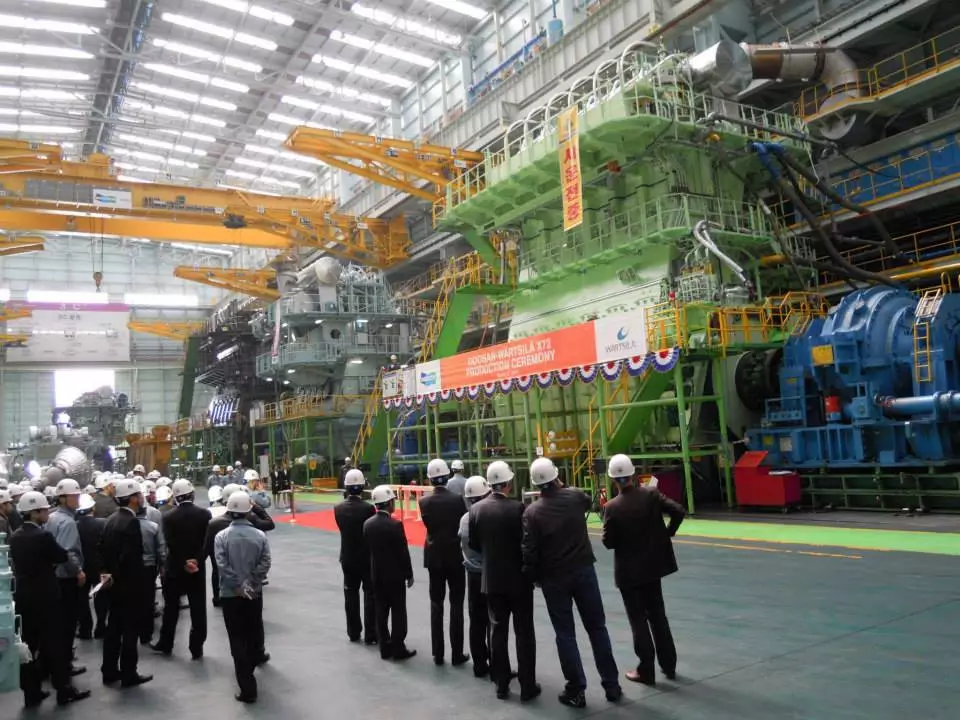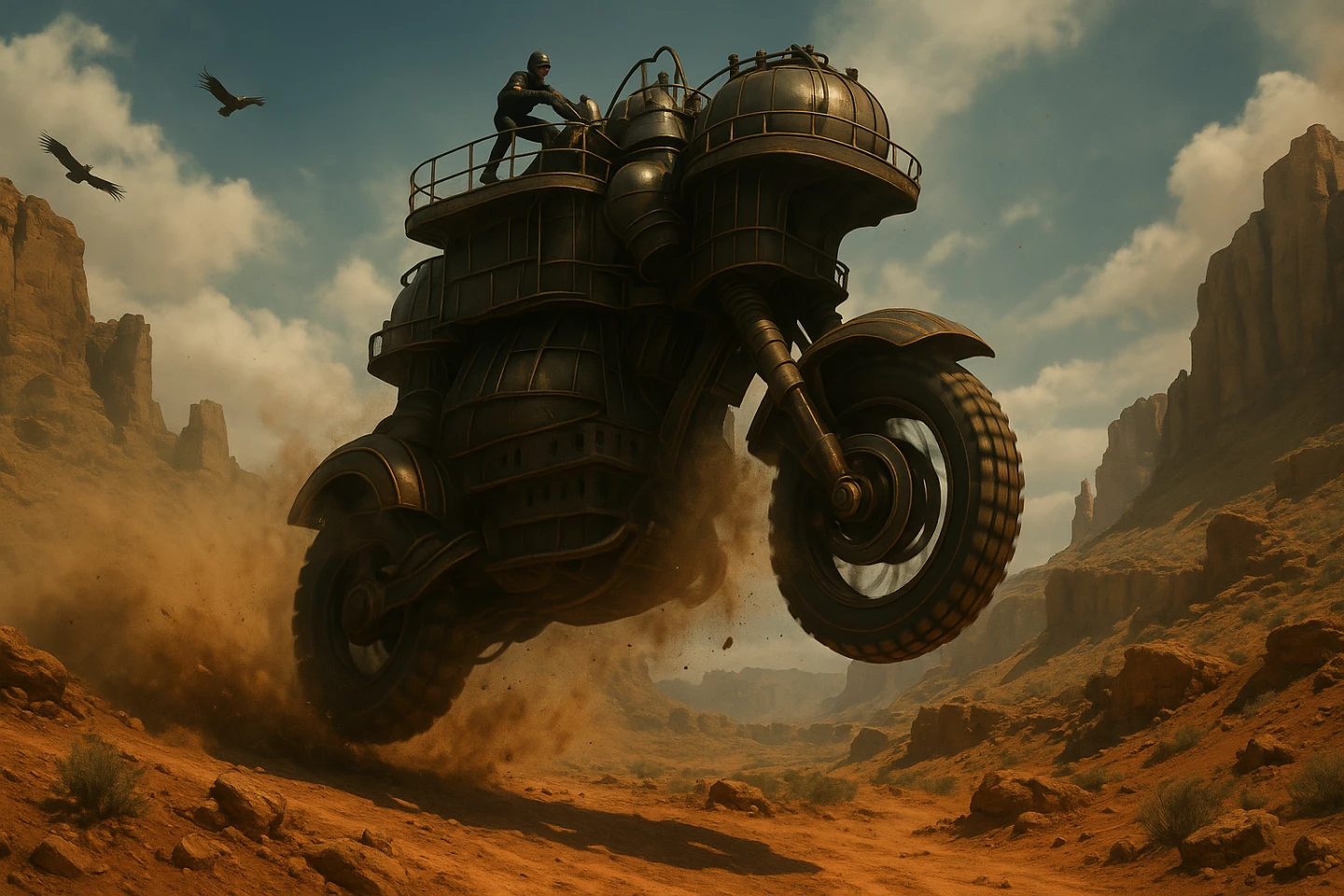The name Wärtsilä has a definite glow around it in the motorhead community. That's largely because of the RTA96-C, a 14-cylinder, two-stroke turbo diesel behemoth that our own Mike Hanlon endorsed as one of the Seven Wonders of the World back in 2004.
The numbers attached to this 89-ft-long (27-m), 44-ft-tall (13-m), 2,300-ton colossus beggar belief to this day; 108,920 peak horsepower is a good place to start, or perhaps the fact that it's capable of running at greater than 50% thermal efficiency. Just the sheer, cavernous size of each cylinder – at 38 inches (97 cm) of bore by 98 inches (249 cm) of stroke ... Engineers can stand up the cylinder to work on it while the thing is still running.
Such a machine causes certain stirrings in the loins of any red-blooded petrolhead. They should've made pin-up posters of this thing. So when I'm presented with the opportunity to interview Håkan Agnevall, President and CEO of Wärtsilä ... Well naturally, my first question to Agnevall is when we're going to see this supertanker donk in a motorbike.
I'm a little late, he tells me; Wärtsilä sold off its giant two-stroke engine business back in 2015 as part of a pivot toward energy storage and decarbonization. It's now owned by a company called WinGD – here, take a look at them putting together a 14-cylinder, flex-fuel capable 14RT-flex96C engine:
The company still makes whopping big engines, though – could we still see a Wärtsilä superbike? Or at least a Goldwing-style tourer? "It's going to be tough," says Agnevall. "The engines we still have, I mean, they have a cylinder bore about half a meter (1.6 ft). You could slide down those as well, if you'd like to. Equally difficult, though, to put on a motorcycle."
Difficult – but not impossible! Wärtsilä isn't going to do it, though, so it'll probably have to be a shed build. Anyone got a really big shed?
So disappointing. I mean, why build engines at all if you're not going to put them in motorcycles? Surely this is the highest calling for any piston engine. Is the RTA96-C or its flex-fuel descendent somehow unworthy?
It might not fit in your standard Fireblade chassis, but you wouldn't necessarily have to build the frame from scratch – just keep an eye on Marketplace for any small to medium sized second-hand truss bridges that are going cheap.

Cooling ... That's going to take some work, unless you're planning to ride it solely through rivers. And so's heating, I suppose; the low-grade bunker fuel an older RTA would typically dine on flows about as well as tar if you don't warm it up. We'll also need to budget some space for a decent-sized fuel tank, since it can go through 250 tons a day if you're not easy on the throttle.
The transmission and clutch will also be a challenge, given the peak torque of 7.6 million Nm (5.6 million lb-ft). We might even need to go for a shaft drive – although the last time I saw a shaft that might be up to the job was Pammy and Tommy's honeymoon video.
Suspension-wise, well, the motor alone weighs more than 10 times as much as a fully-loaded 787 Dreamliner, so you're not going to get much love down at the aircraft wreckers. This'll probably require a call to Ohlins, to talk them into a Scandinavian collaboration project. And if we're getting custom-built boingy bits front and rear, well, we might as well spec it for off-road shenanigans:

Granted, it's not going to be easy to get a foot down at the lights, and the torque reaction when you blip the throttle might slightly alter the Earth's rotation. What's more, this might be the most efficient engine on the high seas, but we suspect a Vespa would probably beat it for fuel economy around town.
A Vespa would not, however, deliver 109,000 horsepower, and you'd be considerably less likely to have your lunch money stolen if you rocked up on a Wärtsiläcycle.
Such a pity.
Source: Wärtsilä
Editor's note: this piece was amended on 23rd June for an incorrect unit conversion.






